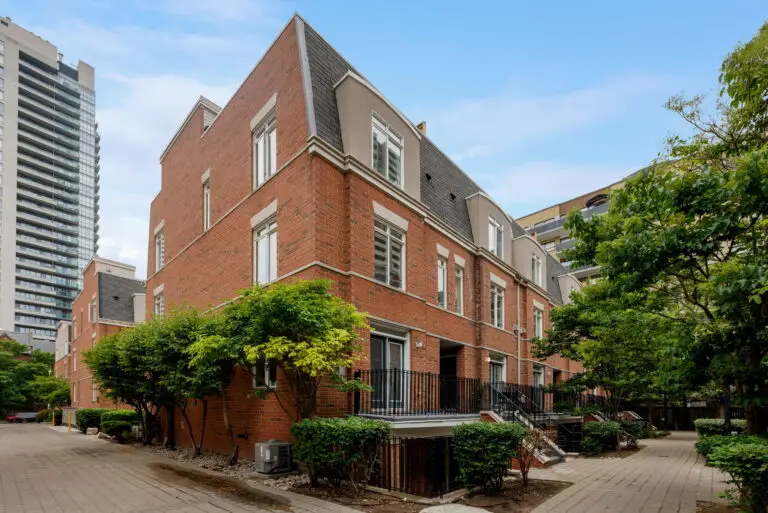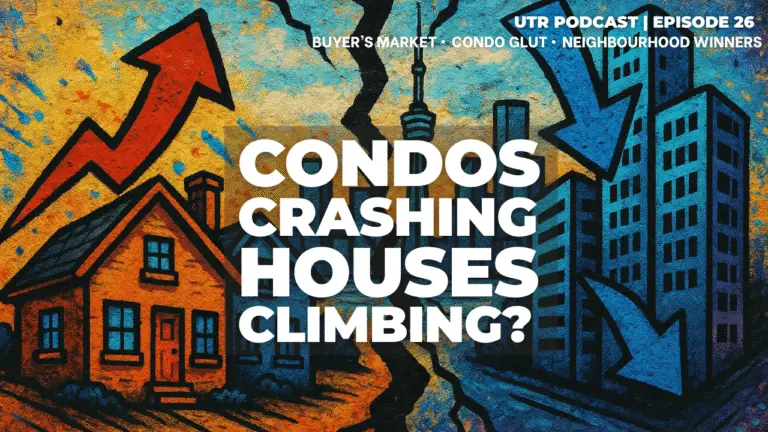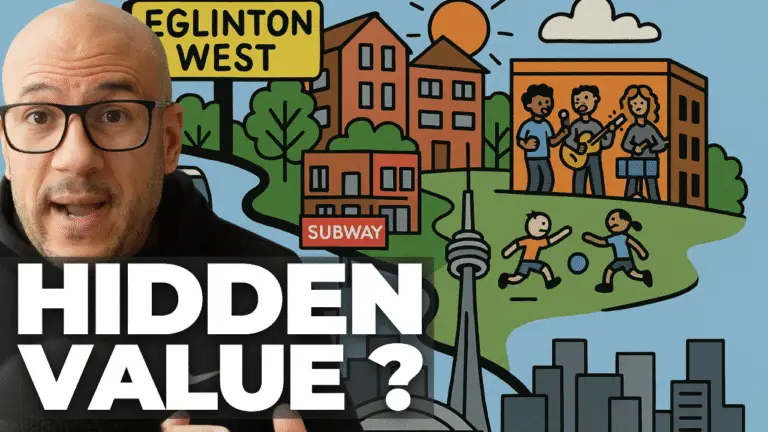This post explores the possibility of Disney building affordable housing in Toronto — and why it may not be as absurd as it sounds.
Toronto is in the midst of a housing crisis. With rising rents, stalled developments, and political gridlock, one provocative question emerges: Should Disney build Toronto’s next affordable neighbourhood?
It might sound like satire, but the history of Walt Disney’s urban vision — and the failures of Toronto’s recent housing efforts — reveal that bold thinking might be exactly what we need.
🔍 The Housing Crisis in Toronto: More Than a Supply Issue
Toronto has long struggled with affordability. While federal, provincial, and municipal governments have all made bold promises to build more housing — often targeting tens of thousands of new units — progress has been slow. Bureaucratic red tape, skyrocketing construction costs, and competing political interests have left many projects on the back burner.
What’s worse, private developers have mostly focused on profit-driven condos, leaving middle- and low-income families priced out of homeownership or even stable rentals.
🏰 The EPCOT That Almost Was: Walt Disney’s Original Vision
Back in the 1960s, Walt Disney imagined EPCOT — the Experimental Prototype Community of Tomorrow — as a real, functioning city. Not a theme park, but a forward-thinking urban utopia. The concept included:
- Monorails and car-free transit
- Walkable neighborhoods
- Continuous technological innovation
- On-site schools and guaranteed jobs
- A constantly evolving “blueprint of the future”
Although Disney passed away before EPCOT could be realized, and the project was eventually turned into a theme park, the original plan was radical — and in many ways, ahead of its time.
The idea of Disney building affordable housing in Toronto may feel far-fetched, but the city is desperate for alternatives to the status quo.
🌊 What Toronto Tried (And Why It Failed)
Toronto hasn’t been shy about exploring futuristic ideas. Sidewalk Labs, an offshoot of Google, once proposed a smart city along Toronto’s eastern waterfront. It promised innovation: modular buildings, heated sidewalks, and autonomous transit. But privacy concerns and public backlash led to its cancellation in 2020.
More recently, the Ontario government signed a controversial deal to hand over Ontario Place, a beloved public waterfront site, to a private company to build a luxury spa — without new housing, and with limited public input.
🧱 Meanwhile, Disney Is Building Communities Again
In California, Disney has launched Storyliving by Disney, a master-planned community in Rancho Mirage called Cotino. While it promises immersive design and curated amenities, homes start at over $1 million USD. It’s a luxury product — not a solution to urban affordability.
Still, it shows that Disney retains the ability to build desirable, intentional communities that people want to live in. The question is: could that power be used in service of something bigger?
🤔 Why We Need to Reimagine Who Builds Housing
When both governments and private developers fail to meet the real needs of the public, it’s worth asking: who should build our cities?
Visionary third-party partners may be part of the answer — but only if projects prioritize:
- Affordability and inclusion
- Public benefit over private profit
- Trust, transparency, and long-term planning
What we need isn’t another spa. We need a community built for real people — families, workers, and future generations.
🏗️ What a Toronto EPCOT Could Look Like
Imagine a revitalized Ontario Place where:
- Condos are mixed-income and family-friendly
- Schools, retail, and public transit are embedded by design
- Technology supports sustainability, not surveillance
- Community spaces — not luxury spas — anchor the site
It’s not fantasy. It’s possible. But it requires boldness. Leadership. And a fresh perspective on what — and who — cities are for.
❓ FAQ: EPCOT, Disney, and Toronto’s Housing Crisis
What was Walt Disney’s original plan for EPCOT?
EPCOT was designed as a fully functional city for 20,000 people, with advanced transit, constant innovation, and no private car traffic. It was never intended to be a theme park.
What is Storyliving by Disney?
Storyliving is Disney’s new real estate initiative. The first community, Cotino, is under construction in California. It’s a luxury, master-planned community built with Disney’s design aesthetic and lifestyle branding.
Why is Toronto’s housing crisis so severe?
Toronto suffers from a combination of high land costs, insufficient affordable development, long approval times, and over-reliance on private developers who favor high-margin builds.
Did Toronto already try a ‘city of the future’ concept?
Yes — Google’s Sidewalk Labs proposed a smart city project on Toronto’s waterfront, but it was canceled due to privacy concerns and a lack of public trust.
Why mention Ontario Place in this context?
Ontario Place represents a missed opportunity: instead of developing much-needed housing on prime public land, the Ontario government is allowing a private company to build a luxury spa — a move that many residents see as out of touch.
Could Disney actually build in Toronto?
It’s unlikely today, but the concept is more about provoking conversation: what if cities partnered with visionary, design-led developers — with strict oversight — to build communities that are both innovative and affordable?
📌 Final Thought
If nothing else, exploring the idea of Disney building affordable housing in Toronto forces us to reimagine who our cities are really built for.
Toronto doesn’t need castles in the sky.
It needs neighborhoods rooted in equity, imagination, and long-term value.
Whether it’s Disney or someone else — maybe it’s time we dream bigger about who gets to build the future.


